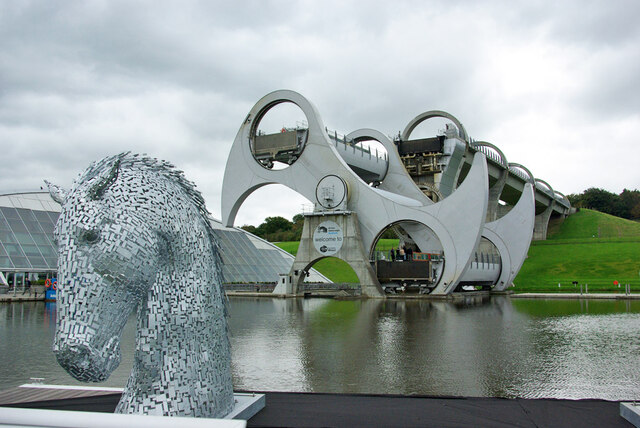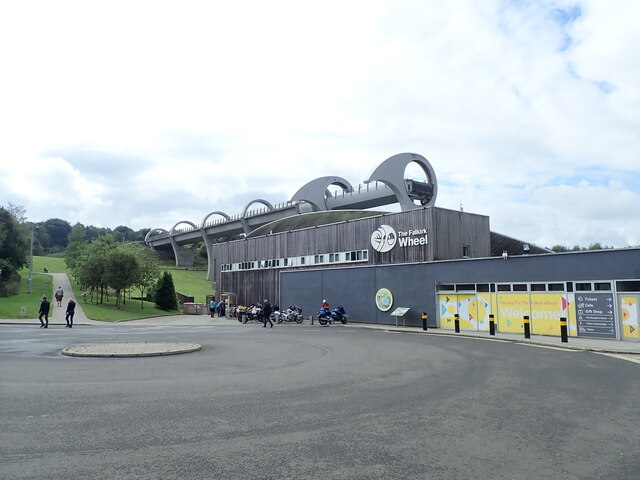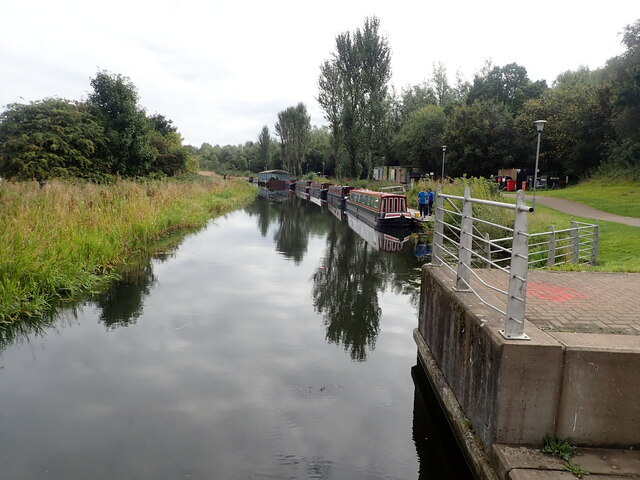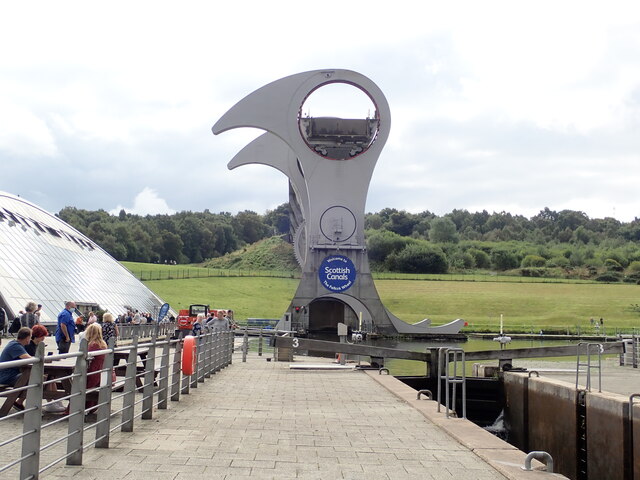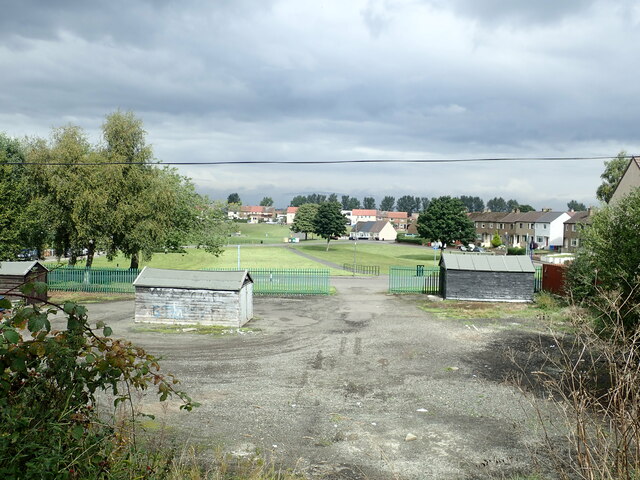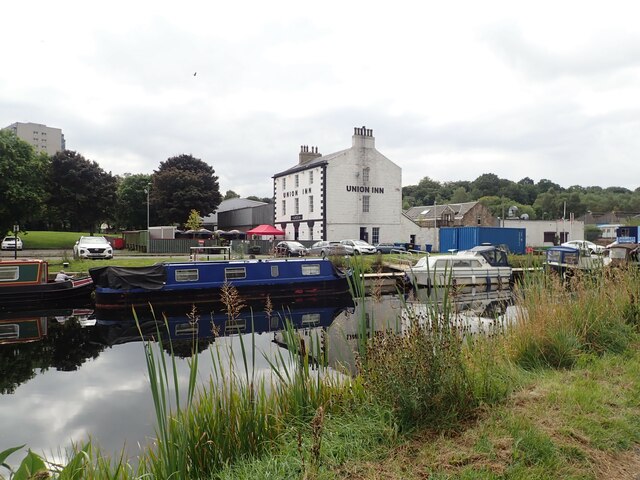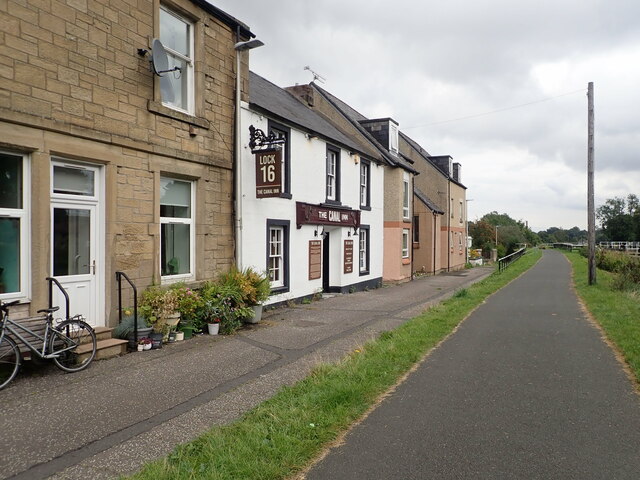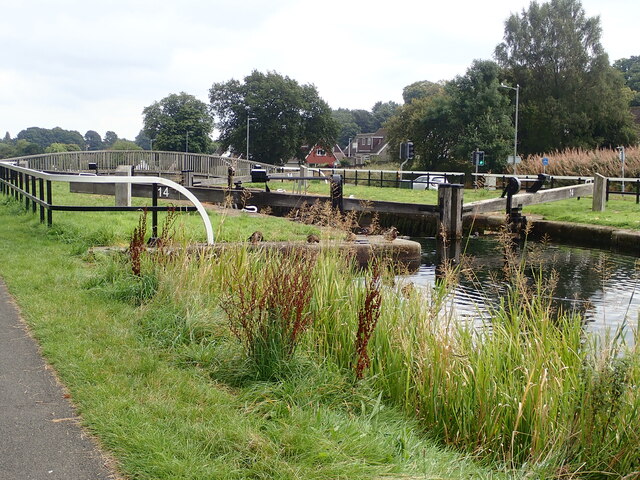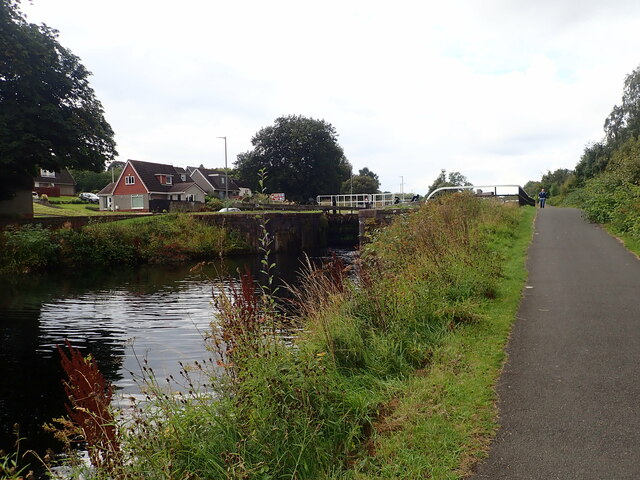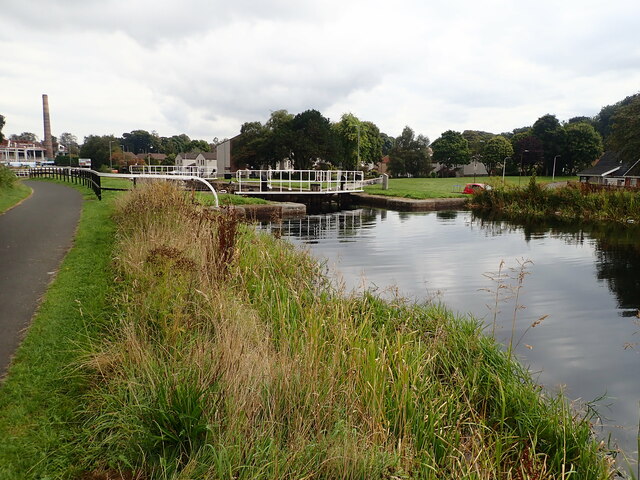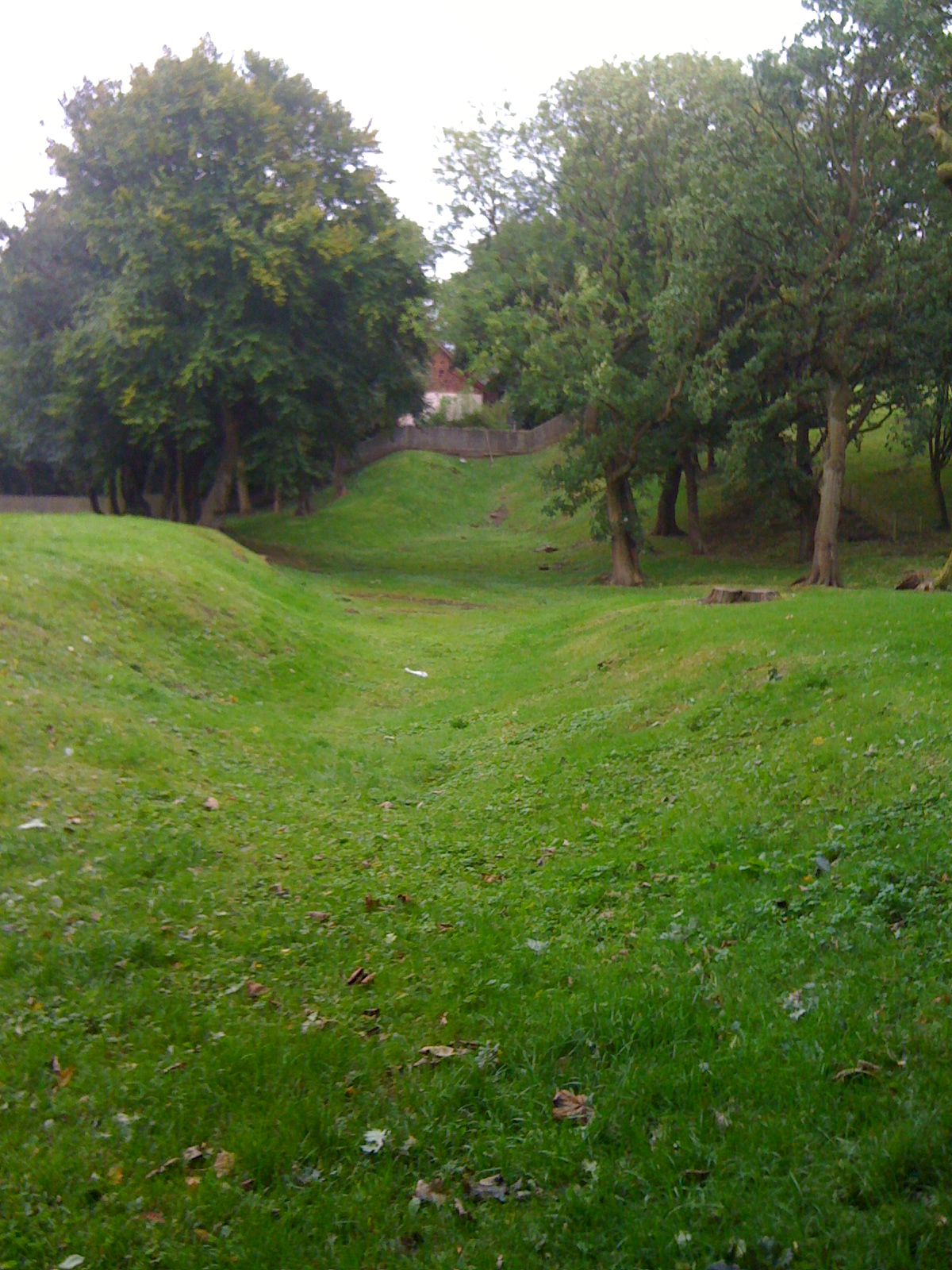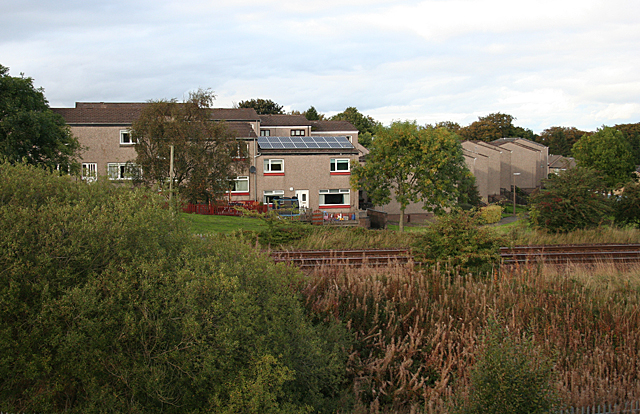Canada Wood
Wood, Forest in Stirlingshire
Scotland
Canada Wood
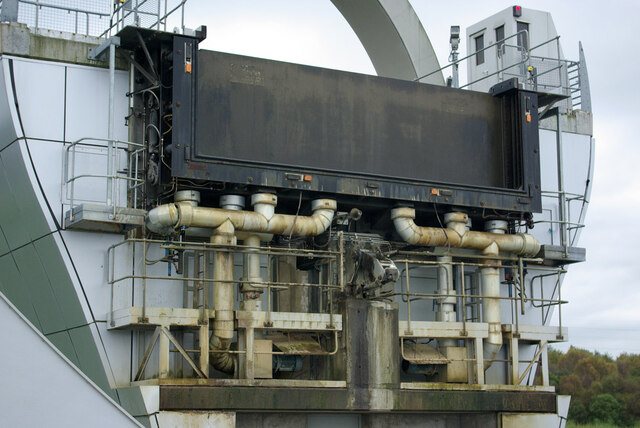
Canada Wood is a picturesque woodland area located in Stirlingshire, Scotland. Situated near the village of Wood, this forested haven covers a vast expanse of approximately 30 hectares. The wood is managed by the Forestry and Land Scotland agency and offers a variety of amenities and attractions for visitors to enjoy.
One of the most notable features of Canada Wood is its diverse range of tree species. The woodland is home to a mix of coniferous and deciduous trees, including oak, beech, birch, and spruce. This rich variety of flora creates a vibrant and ever-changing landscape throughout the seasons, making it an ideal spot for nature enthusiasts and photographers.
The wood boasts an extensive network of well-maintained walking trails, providing visitors with the opportunity to explore its beauty on foot. These paths wind through the majestic trees, offering glimpses of wildlife such as squirrels, deer, and a wide array of bird species. Additionally, the forest is intersected by a charming stream, further enhancing its tranquil atmosphere.
For those seeking a more adventurous experience, Canada Wood offers mountain biking trails that cater to various skill levels. These trails are designed to challenge and excite riders, showcasing the natural beauty of the woodland as they navigate the terrain.
Canada Wood is a popular destination for families, as it provides ample space for picnics and outdoor activities. The wood features well-maintained picnic areas equipped with tables and benches, making it an ideal spot for a leisurely lunch amidst the stunning surroundings.
Overall, Canada Wood offers a captivating blend of natural beauty and recreational opportunities. Whether visitors are seeking a peaceful stroll, an adrenaline-fueled bike ride, or a scenic picnic spot, this woodland gem has something to offer for everyone.
If you have any feedback on the listing, please let us know in the comments section below.
Canada Wood Images
Images are sourced within 2km of 55.988713/-3.8222883 or Grid Reference NS8678. Thanks to Geograph Open Source API. All images are credited.
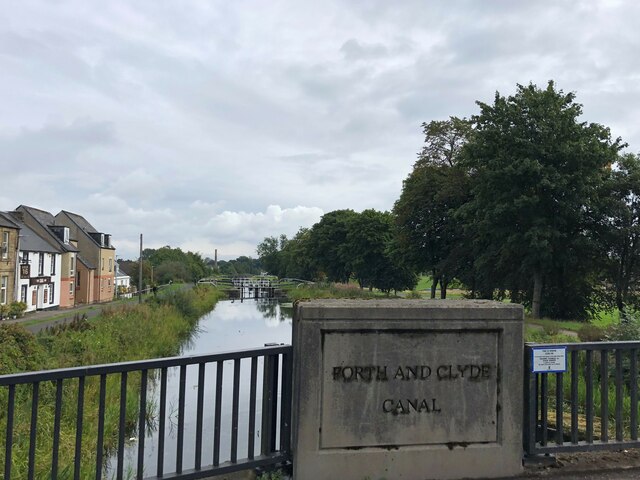
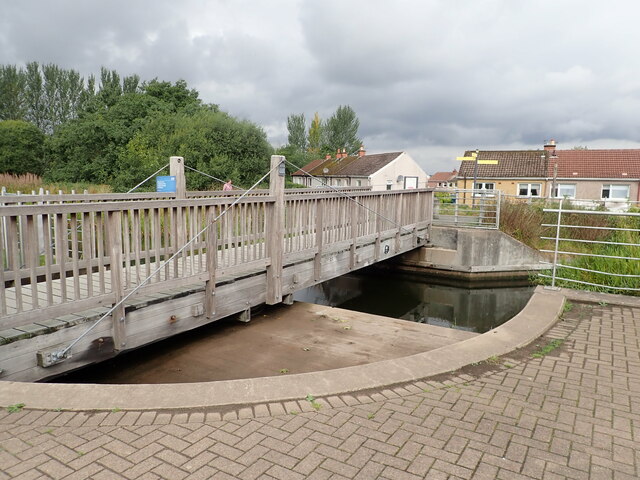
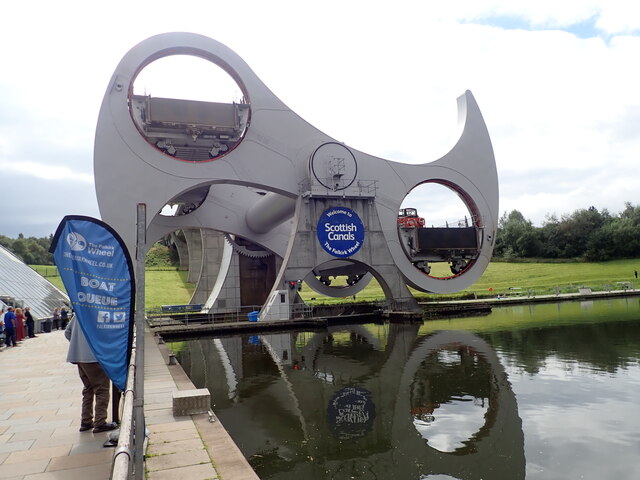
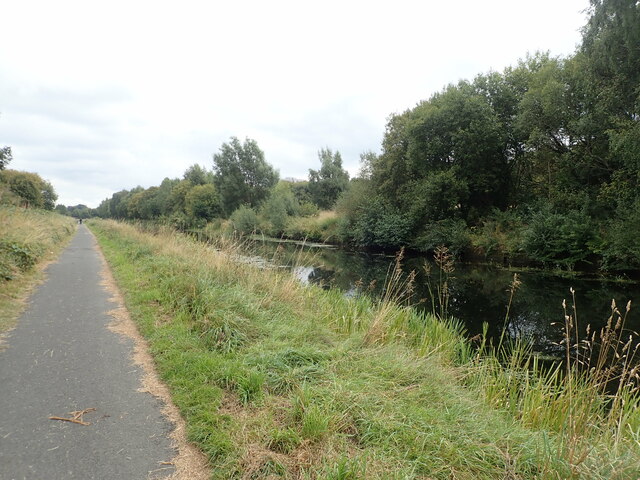
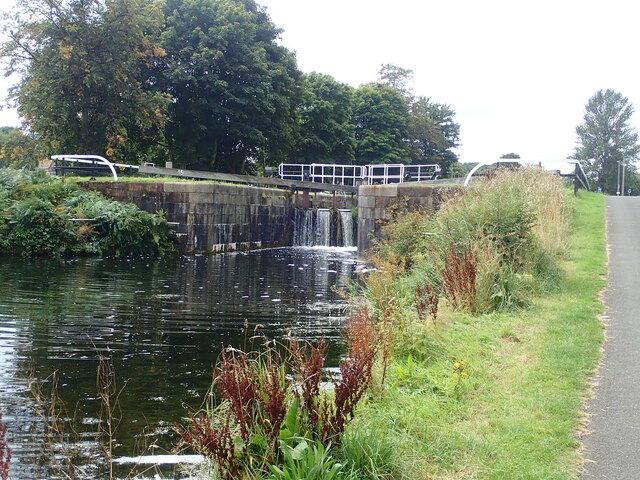
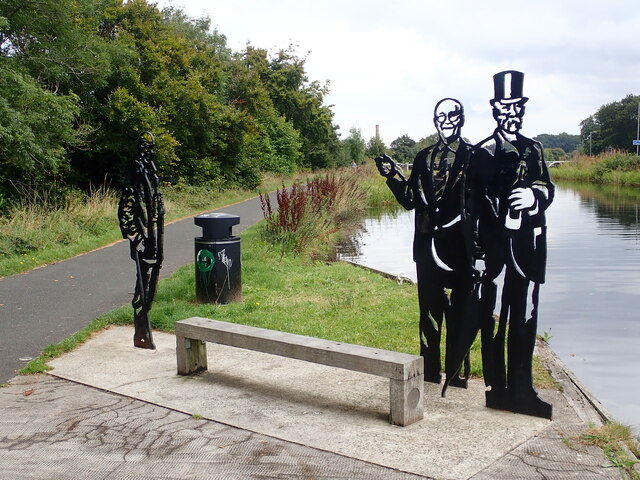
Canada Wood is located at Grid Ref: NS8678 (Lat: 55.988713, Lng: -3.8222883)
Unitary Authority: Falkirk
Police Authority: Forth Valley
What 3 Words
///hiring.photos.dilute. Near Hallglen, Falkirk
Nearby Locations
Related Wikis
Battle of Falkirk Muir
The Battle of Falkirk Muir (Scottish Gaelic: Blàr na h-Eaglaise Brice), also known as the Battle of Falkirk, took place on 17 January 1746 during the Jacobite...
Bantaskine
Bantaskine is a park with woodlands in Falkirk, Scotland that was formerly the Bantaskine Estate, a coal mining estate. The artist Mary Georgina Wade...
Watling Lodge
Watling Lodge was a Roman fortlet on the Antonine Wall in Scotland. It was located near what is now Lock Sixteen on the Forth and Clyde Canal in Falkirk...
Tamfourhill
Tamfourhill is a working-class residential suburb of Falkirk within the Falkirk (council area), Scotland. It is located approximately 1.5 miles (2.5 kilometres...
Nearby Amenities
Located within 500m of 55.988713,-3.8222883Have you been to Canada Wood?
Leave your review of Canada Wood below (or comments, questions and feedback).
